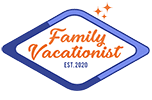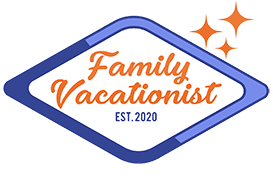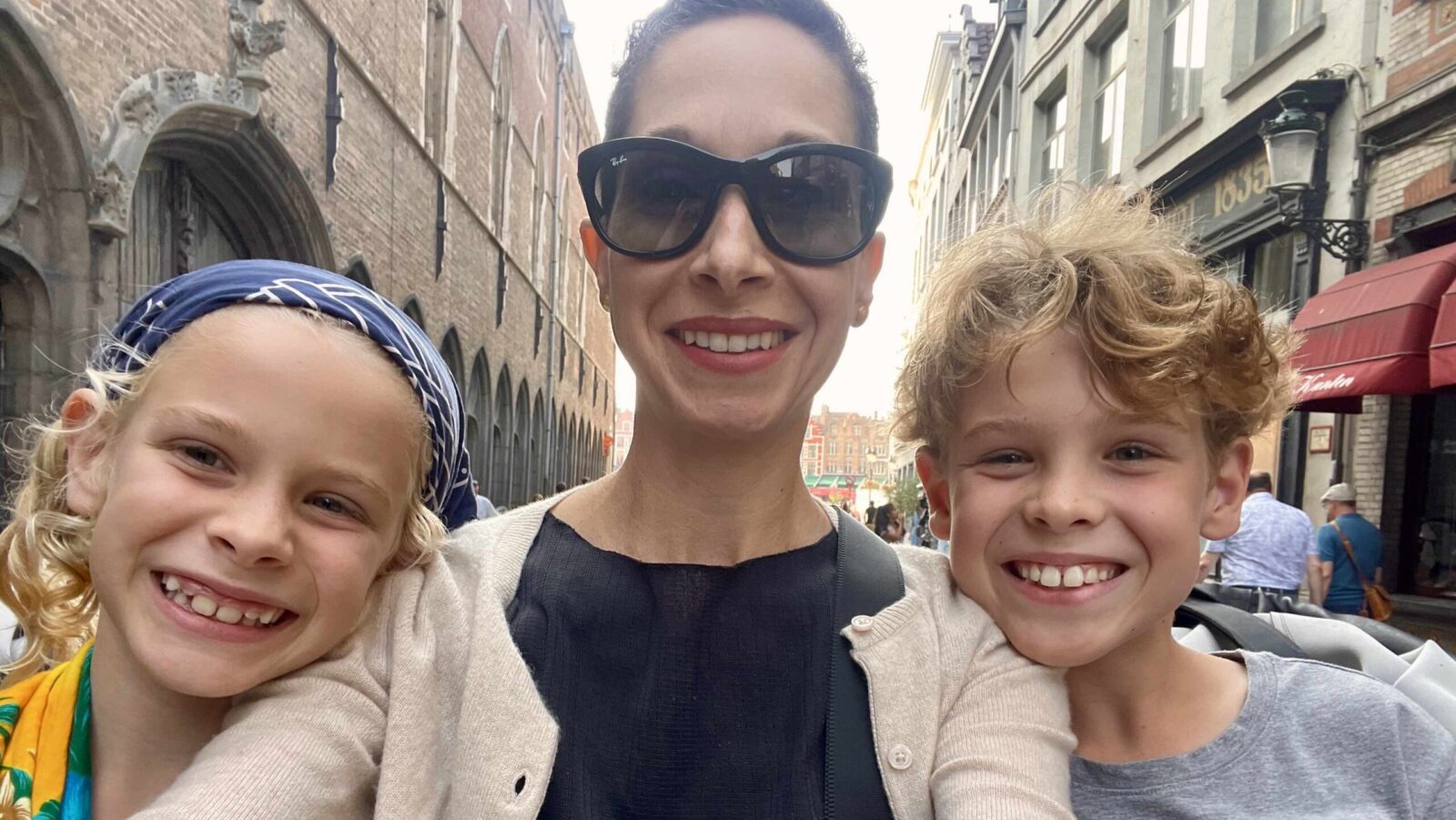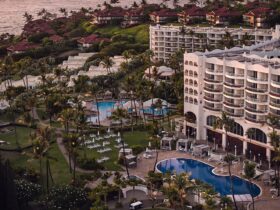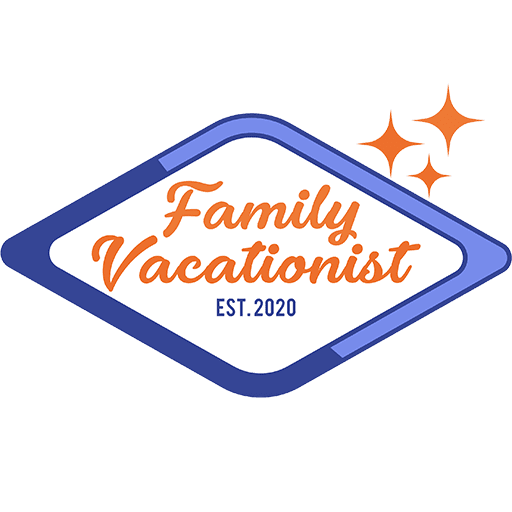When I was going through treatment for breast cancer, I spent a lot of time daydreaming about travel. Thinking about vacation felt like the absolute opposite of my cancer experience, and it was a soothing place to retreat to when I felt awful for weeks on end. Imagining a time in which I would be healthy enough to travel again helped me weather the hardest parts of my cancer treatment journey.
But what I learned when I went on my first big family vacation after cancer therapies was that traveling post-treatment comes with some differences, many of which I didn’t see coming. If you’re dreaming of your own vacation, here’s what you should know about the physical and emotional experience of travel after cancer treatment.
STAGES OF LIFE: ‘I cried at the goodbye’: How my aging parents changed my whole perspective on travel
The tired factor
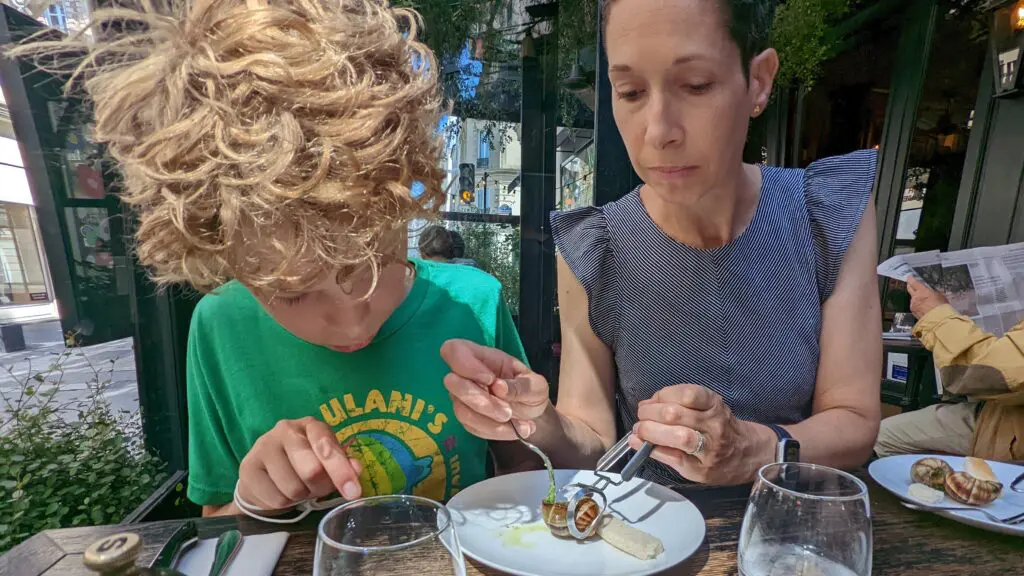
By the end of my surgery-chemo-radiation-surgery treatment, I was in pretty rough shape. When I was a healthy pre-cancer traveler I had the privilege not to notice just how much stamina travel takes. From hauling luggage through an airport to powering through jetlag and walking miles every day, it actually takes a lot of energy and strength to be a traveler.
Early in our vacation, both my husband and I realized we’d need to make some adjustments to the way we traveled BC (before cancer). So, we slowed our pace and allowed for more downtime. We’d return back to our hotel or vacation rental in the middle of the day. Most evenings had early nights.
It turned out our kids loved this less ambitious version of us, since with a slower pace we weren’t dragging them around at our usual breakneck pace. Instead we could relax a little more, pause at more cafes, and let them play a little longer at playgrounds where I could rest in the shade of the trees.
Managing pain
Although I’ve completed my active cancer treatment, I remain on chemo drugs that give me joint pain. I now find sitting in an airline seat for an extended time painful. If I get up and walk around, which I know I’m supposed to do anyway, it helps a bit, but it makes overnight flights pretty tricky. It helps a lot to have my legs elevated, something I can do in business class, which I can do sometimes with points. But when that’s not an option, I get creative with things like foot hammocks and inflatable foot rests. It’s not ideal but it helps mitigate some of the discomfort.
BRING THE KIDS: 10 Caribbean beach resorts that are especially great for families
When you’re thinking through your first post-treatment vacation, take seriously how your body has changed, and any pain that you might have to manage on the road. Get creative about how you can help yourself feel a little more comfortable in those moments. Maybe it’s a port pillow for a long car trip. (I found a port pillow to be super useful even after my port was out, since it kept the seatbelt from rubbing against the incision.) Maybe it’s a fancy travel pillow, a compression sleeve, or a foot hammock to ease joint pain on flights.
Hair loss
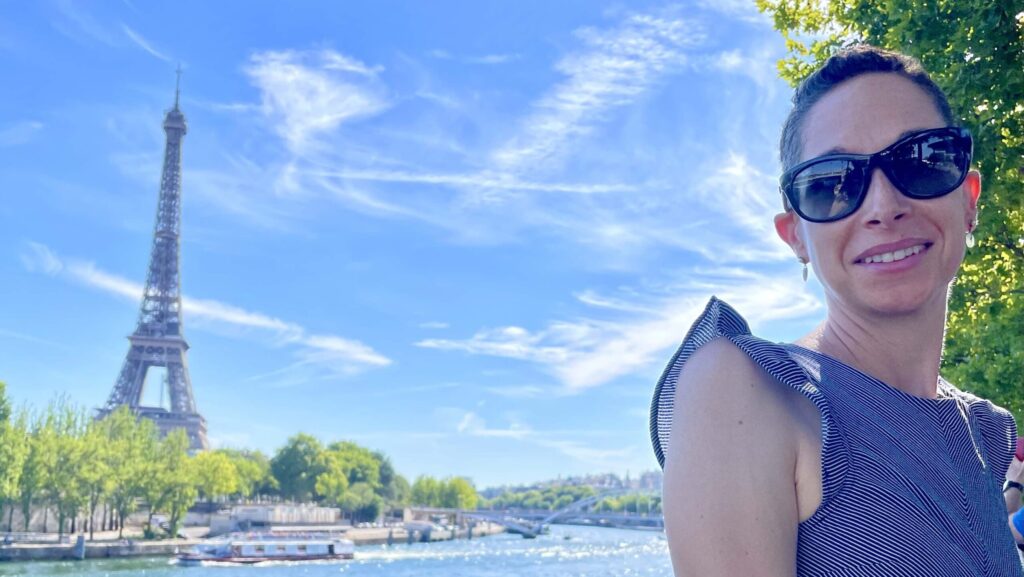
If you’ve done a type of chemo that makes you lose your hair, you probably already know that being bald comes with a whole set of temperature and sun-safety challenges. On vacation it meant I doubled down on hats—warm hats for cooler temperatures, since without my usual thick hair, my head was always cold; and a baseball hat or sun hat for warm days to protect my scalp from the sun’s rays.
Food shifts
Not every person who has gone through cancer treatment changes the way they eat, but I definitely did. I now aim for vegan-pescatarian most of the time, and try to limit refined flours and sugar. This shift is challenging enough at home, and sometimes feels nearly impossible when I travel.
DINING DELIGHTS: Skip the buffet at these all-inclusive resorts with the best food
On my first post-cancer-treatment vacation, I was really rigid about my diet. I’ve heard this is pretty common; a way to feel a sense of control in a situation that feels entirely out of control. But as a human and a traveler, I’m very food-oriented, and it felt sad to miss out on so much fun, place-specific foods like Liege waffles in Belgium and gelato in Italy. Also, because my options were so limited, I often found myself in a position of needing to choose between eating nothing (not an option) and eating something that didn’t fit with my plan.
So, I had to soften and adjust, and keep in mind that the shift was supposed to be bigger-picture, not day-to-day perfect. I think that’s a useful way to think about eating on vacation: Do what you can, but also don’t miss out on the flavors that are part of this place you’ve come so far to see.
Medication timing
I’m one of those people who will continue to take chemo meds for five to 10 years post-active treatment. My meds need to be spaced 24 hours apart, and that means that part of my pre-trip checklist is figuring out what time I need to be taking meds with the time shift.
Since I’m often traveling from the U.S. West Coast to points east, a 9:00 p.m. med time works reasonably well for time zones in the U.S., Central and South America, and Europe. It does mean that I sometimes have to set my alarm to wake up briefly while sleeping to take my meds, though. If you’re taking medication at an unfamiliar time, setting a daily alarm can be incredibly helpful.
Scar care
If you’ve got scars from surgeries and you’re going somewhere hot and/or beachy, invest in some scar cream that is also a sunscreen. My sister recommended Mederma, and I liked it (there are a ton of brands out there, though). To be honest, after a while I kind of gave up on my scars healing nicely and accepted the fact that my surgical and port scars are part of me now, my badges of honor. But if you’re hoping to minimize the appearance of scars, definitely pack a little jar of some kind of scar cream.
Test scheduling
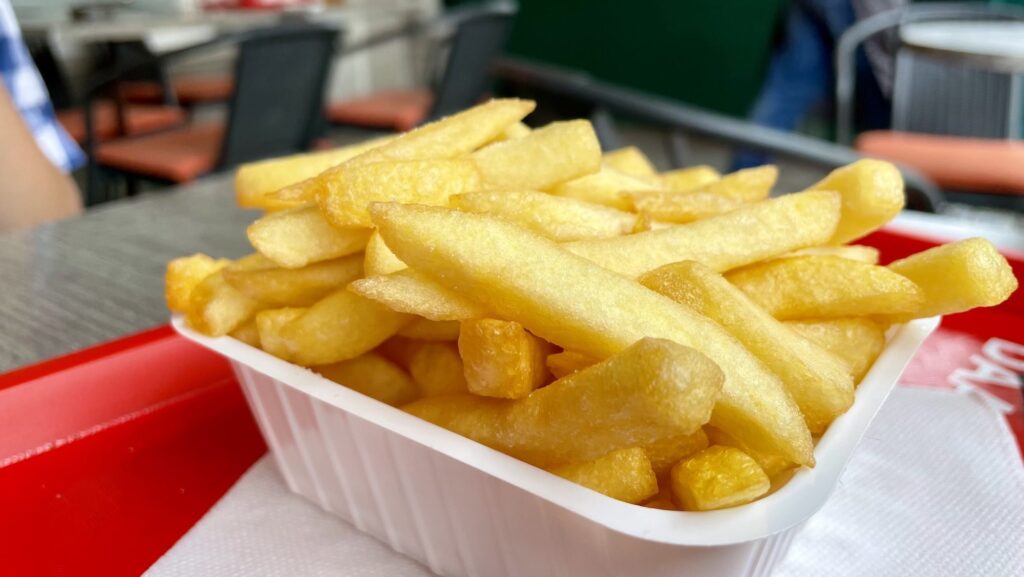
I happened to do some routine labs just before leaving on my first big trip with my family after cancer treatment. Two weeks later, we were deep into our trip, hanging out in Bruges and giving the kids Belgian fries for the first time (an experience we were all very excited about) when suddenly I got a MyChart notification on my watch.
In an instant, I went from calm and in-the-moment to absolutely losing my mind while trying to not ruin this big frites moment for the kids. I excused myself, went out into the square, and opened the app. And … it was just the routine lab tests I had totally forgotten about even doing. But after nearly a year of every test and MyChart notification bordering on life or death, I had zero ability to onboard any medical information in a calm way.
The moral of that story is not to schedule tests for right before you leave on a trip, since it means getting results on the trip. And also, if you can, turn off your MyChart notifications while on vacation.
Making room for low resilience
As a parent, partner, and professional traveler, I come into family vacations with a pretty high bar of what I think I should be able to do for my loved ones. On that first post-cancer-treatment trip, though, just getting through the day took every ounce of my energy. I simply had no reserves to deal with the inevitable moments when things went wrong, like when we showed up in a small town at 6:00 p.m. and found the restaurants closed and the grocery store shuttered; or when a delay on the metro put us in danger of missing a train.
STAY CLOSE TO HOME: 21 best all-inclusive resorts in the U.S. for families
In these situations, I just had to let go of that version of myself who was a resilient problem solver. In those moments I was neither of those things. It meant that more fell to my adaptable kids and always-capable husband. If I allowed myself to feel gratitude instead of guilt, knowing that these three humans had my back while I was trying to piece myself together again felt like such a concrete example of love.
Gratitude, but also fear and sadness
This is mostly just an observation, and I hope that by me saying it out loud you’ll know you’re not alone if it’s happening to you too. At sometimes predictable and sometimes totally random moments on the trip, I would find myself swallowed up by a sense of gratitude that I could even be having these moments with my husband and kids.
But the emotional baggage I brought with me on vacation wasn’t just gratitude. There was also an intense underlying fear of recurrence, and a sadness that would ripple through me starting at my extremities and build into a wave that washed over my heart.
Every pain was maybe cancer, every happy moment was floating on a sea of worry—if it came back would I catch it in time? If it came back after everything that I had done to get rid of it, would treatment work again? The sadness would come up at unexpected moments, like while watching my kids brush their teeth, thinking about how much I still had to teach them and hoping I’d be around to see them into adulthood.
The importance of travel
Travel is part of what makes me who I am. It’s not the collecting countries or talking about it to others, it’s being in other places, breathing other air, seeing all the different ways that people have of being human. Hearing conversations, tasting new flavors, being lost and found—and since cancer, travel has become even more important as a way to just be in the world.
I wish this for you, too, this going back out into the world, maybe bald, kinda broken, but also with an internal tsunami of gratitude for this beautiful world and our limited time in it. Bon voyage, friends.
More from FamilyVacationist:
- 50 best family vacation ideas for all ages
- Kids stay free at these 10 all-inclusive family resorts
- 13 amazing all-inclusive family resorts for every age and interest
